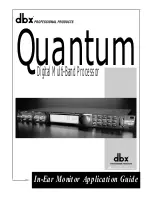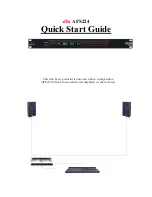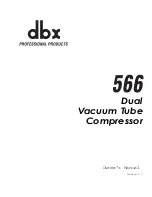
11. Commissioning
MiR250 Shelf Carrier User Guide (en) 03/2021 - v.1.4 ©Copyright 2021: Mobile Industrial Robots A/S.
119
Dust
Dusty environments can affect the performance and durability of the robot. Dust can get into
the robot computer and mechanical parts, affecting their performance and durability, and it
can obstruct the view of the robot's sensor system. Make sure the environment MiR250 Shelf
Carrier operates in is suitable for its IP rating—see specifications on the MiR website.
Static landmarks and dynamic obstacles
The robot uses static landmarks to navigate by. If it cannot detect enough distinguishing
landmarks, it cannot navigate the map efficiently—see
11.2 Risk assessment
To achieve a safe installation, it is necessary to make a risk assessment of MiR250 Shelf
Carrier in the environment it will be used in. This is the responsibility of the commissioner.
The risk assessment must cover both MiR250 Shelf Carrier itself and also take into account
potential load transfer stations, work cells, and the work environment.
NOTICE
Mobile Industrial Robots takes no responsibility for the creation and
performance of the risk assessment, but we provide information and
guidelines that may be used in this section.
It is recommended that the commissioner follows the guidelines in ISO 12100, EN ISO3691-4,
EN 1525, ANSI B56.5, or other relevant standards to conduct the risk assessment.
In EN 1525 clause 4 there is a list of possible significant hazards and hazardous situations
that the commissioner should consider.
A risk assessment of the application must be used to determine the adequate information for
users. Special attention to at least the following Essential Health and Safety Requirements
(EHSR) must be taken:
•
1.2.2 Control devices
•
1.3.7 Risk related to moving parts
•
1.7.1 Information and warning on the machinery
•
1.7.2 Warning of residual risks
















































